Using latest monthly EIA and Jodi data.
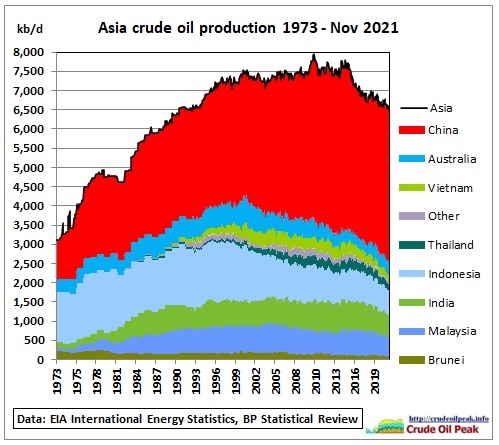 Fig 1: Asian crude production peaked 2010-2015
Fig 1: Asian crude production peaked 2010-2015
(where EIA data are not available, the annual BP Stat Review has been used)
Asian oil production is dominated by China which peaked in 2015. In the rest of Asia, crude production peaked in 2000 and declined since then by around 40%.
Let’s zoom into the period after the peak:
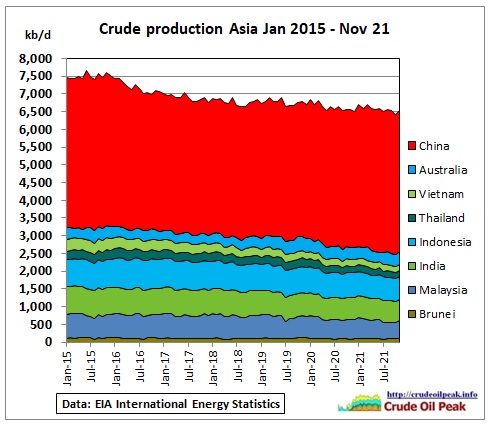 Fig 2: Asian crude production after the peak
Fig 2: Asian crude production after the peak
 Fig 3: Stacked incremental crude production with details of decline by country
Fig 3: Stacked incremental crude production with details of decline by country
Incremental production better shows what has been happening. For each country, it is calculated as the monthly production minus the minimum production achieved in the above period. Base production (6,02 mb/d) has not changed.
Overall crude production fell by 1.1 mb/d although there was a rebound in China and Australia as depicted in the following graph:
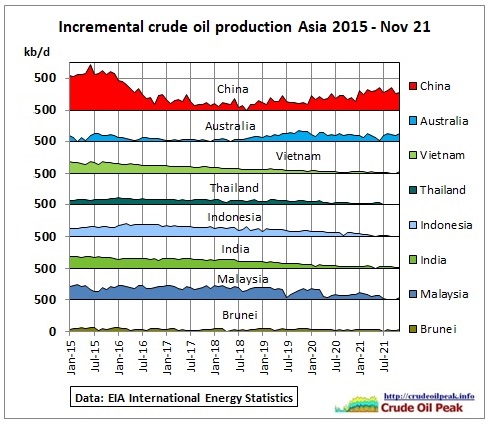 Fig 4: Incremental crude production shown separately
Fig 4: Incremental crude production shown separately
Covid does not seem to have impacted on Asian oil production except for Malaysia with a “voluntary production adjustment”
https://www.petronas.com/media/press-release/petronas-optimistic-recovery-despite-challenging-and-volatile-outlook
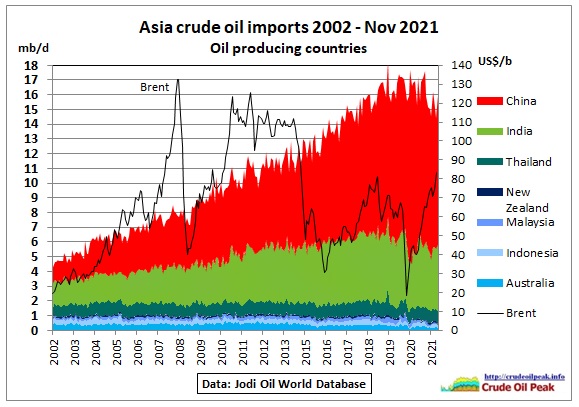 Fig 5: Asian crude imports by oil producing countries
Fig 5: Asian crude imports by oil producing countries
Asian crude imports have been growing inexorably – even in periods of high oil prices – until Covid hit in 2020.
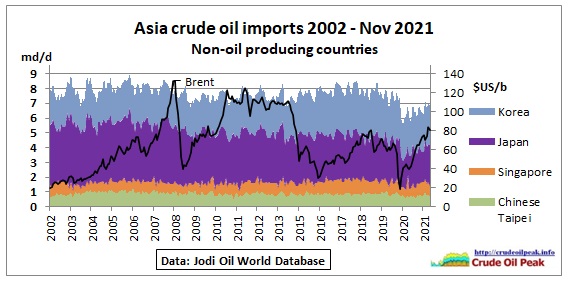 Fig 6: Asian crude imports by non-oil producing countries
Fig 6: Asian crude imports by non-oil producing countries
Crude imports by non-oil producing countries went down slightly when oil prices were high. Covid had a large impact.
Summary:
A rebound in Chinese and Australian crude production since 2018 could not stop the overall decline trend. Covid has introduced a new variable for crude imports. Economies have been damaged and we can expect imports to become more sensitive to oil prices. A continuing peaking in imports would suggest that changes are taking hold.